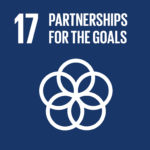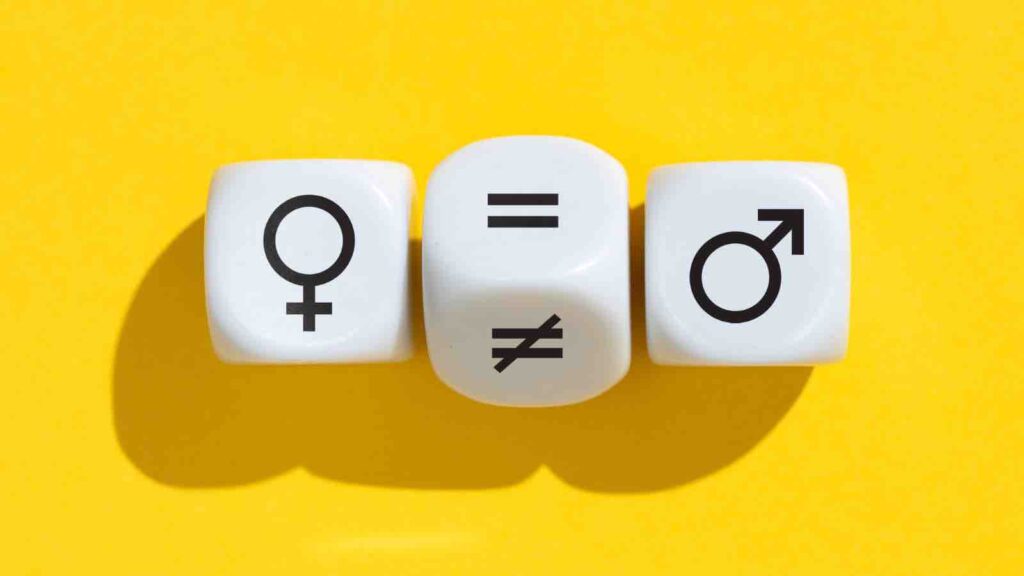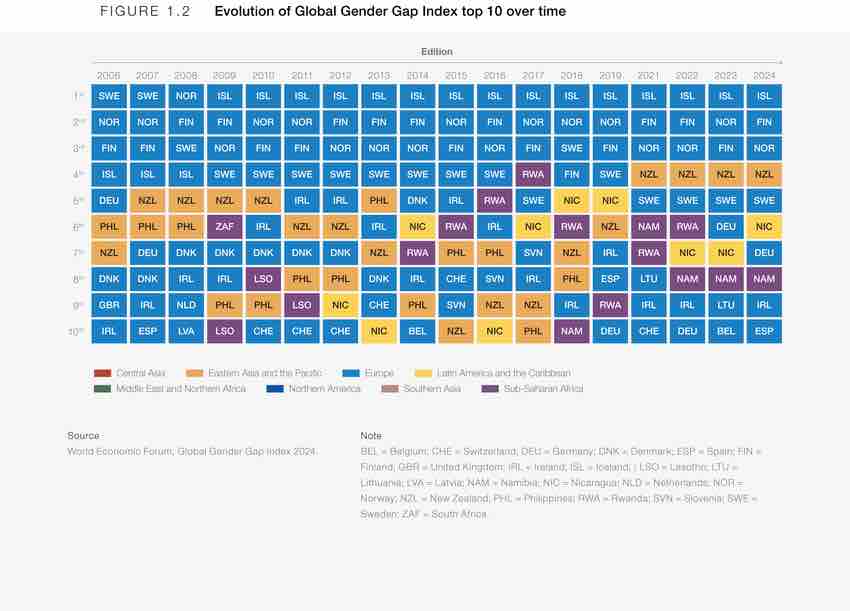The World Economic Forum’s Global Gender Gap Report 2024 , which analyzes 146 countries across four key dimensions – economic participation and opportunity, educational attainment, health and survival, and political empowerment – shows only marginal improvement.
In a sobering assessment of global gender equality, the World Economic Forum’s Global Gender Gap Report 2024 reveals that full gender parity remains more than a century away, with projections indicating it won’t be achieved until 2158. This timeline extends five generations beyond the 2030 Sustainable Development Goal target, underscoring the persistent challenges in closing gender gaps worldwide.
RELEVANT SUSTAINABLE GOALS



The World Economic Forum’s Global Gender Gap Report 2024
The report, which analyzes 146 countries across four key dimensions – economic participation and opportunity, educational attainment, health and survival, and political empowerment – shows only marginal improvement. The global gender gap score, representing the percentage of the gap closed, inched up by a mere 0.1 percentage point from last year to 68.5%.
Despite this sluggish progress, there are glimmers of hope. The report notes that 97% of the world’s economies have now closed more than 60% of their gender gaps, a significant increase from 85% in 2006. Iceland continues to lead the index, having closed 93.4% of its gender gap, a position it has held for over a decade and a half.
Economic participation remains a significant hurdle, with the global gap in this area 60.5% closed. Strikingly, Bangladesh reported the lowest score at 31.1%, while Liberia topped the list at 87.4%. India, notably, ranks fourth-lowest in economic participation parity at 39.8%.
Political empowerment presents the widest gap, with only 22.5% closure globally. This subindex has shown virtually no progress since last year and has been declining since 2021, partly due to diminishing tenures of women as heads of state over the past 50 years.
The Slight Regression
The report highlights the crucial role of professional networks in advancing gender parity in the workforce. Men, typically benefiting from larger and stronger networks, often see increased career progression and recruiter outreach compared to their female counterparts.
Saadia Zahidi, Managing Director of the World Economic Forum, emphasized the need for businesses and civil society to collaborate, making gender parity an economic imperative by providing women with free access to resources, opportunities, and decision-making positions.
The findings underscore the importance of paid parental leave for all genders in fostering an inclusive and sustainable care economy. While the average number of maternity leave days has increased from 63 to 107 in the past 50 years, and paternity leave from less than a day to nine days, significant regional disparities persist in formal protections and provisions for parental leave.
As the world grapples with these persistent gender gaps, the report serves as a stark reminder of the work that remains to be done. With five generations set to pass before full parity is achieved, the urgency for concerted global action to accelerate progress towards gender equality has never been clearer.
Lead image courtesy of Formatoriginalphotos
You may also be interested in :
When The Data Doesn’t Tell The Full Story: Improving Gender-Responsive Climate Finance



